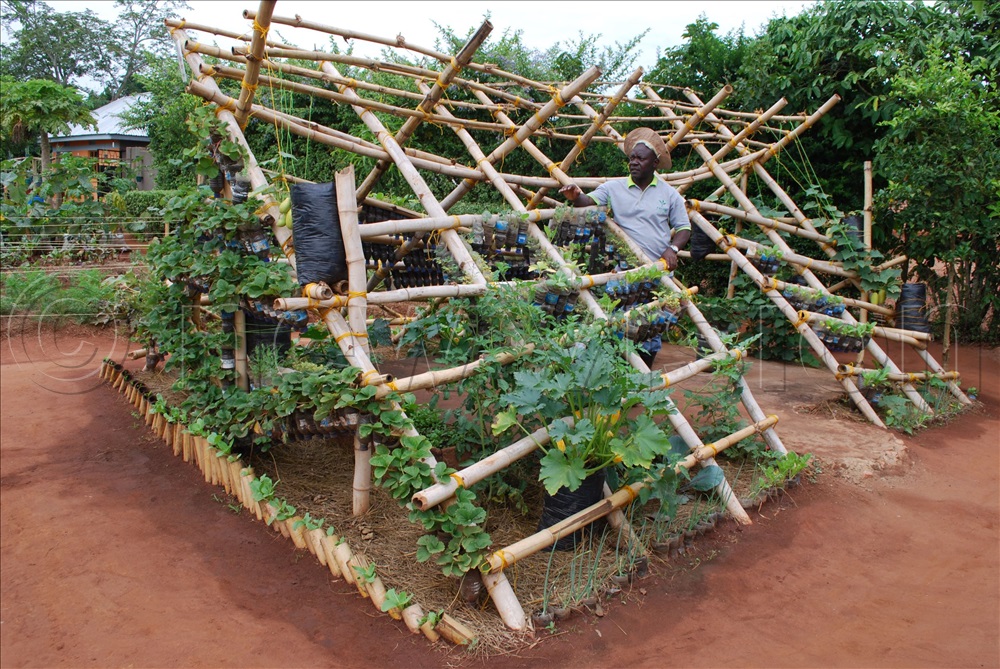By Umar Nsubuga
Kitchen gardens are an important source of vegetables.
A homeowner can grow crops and herbs in his or her kitchen garden to cut grocery expenses.
You can grow vegetables like tomatoes, green pepper, carrots, onions, lettuce, spinach, peas and herbs like mint, rosemary, parsley, and thyme among others.
They (kitchen gardens) are best farmed on raised beds where the crops are planted on the ridges.
Joseph Bukenya, a vegetable farmer in Luwero says the lower ground serves as a walking and watering space.
“The best way to water the beds is to practise surface or gravity irrigation. This involves connecting a water source to the garden through a water channel or several water channels. Here, water will flow through the furrows from the source through the garden,” Bukenya explains.

Isaac Malinga, another farmer in Kapchorwa who exports crops says the second type or system of irrigation is by sprinkles where water is sprinkled or sprayed into the crops using controlled pressure.
Malinga says the principal is to scatter water in small drops causing a light ‘rain’. The third type is by trickle or drop. This is a slow application of dripping water into the soil through narrow plastic hoses laid down around short crops.
Surface watering
According to Malinga, surface watering of gardens can be made easier by practising methods such as border strips, check basins and furrows.
The main objective of irrigating land is to improve or increase water content in the soil to a level considered optimal for plant (crop) growth.
Irrigation is commonly used in arid and semi-arid areas, but can also be practised in humid areas during dry conditions.
What to consider when irrigating
-The slope of the land tends to accumulate salt and cause toxicity.
-The soil must be permeable enough to drain off and retain some water.
-The soil must be drain-meable enough to drain off and retain water.





